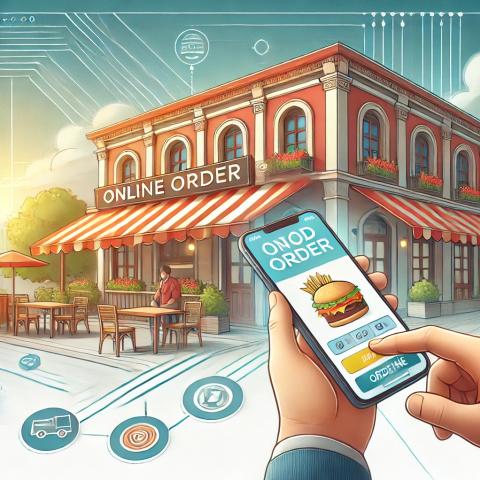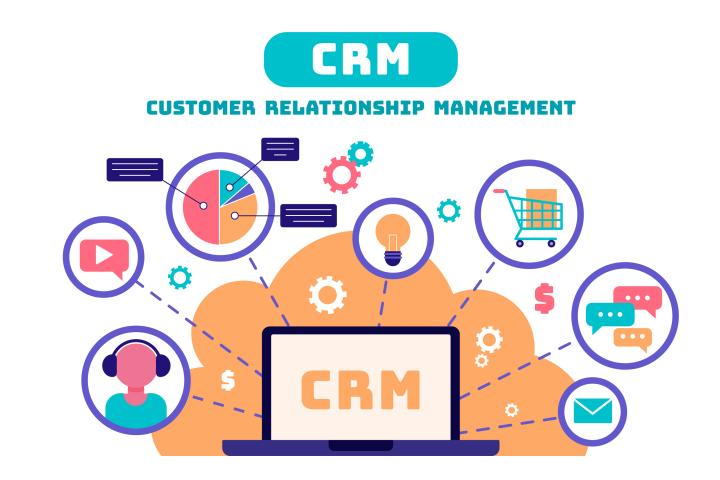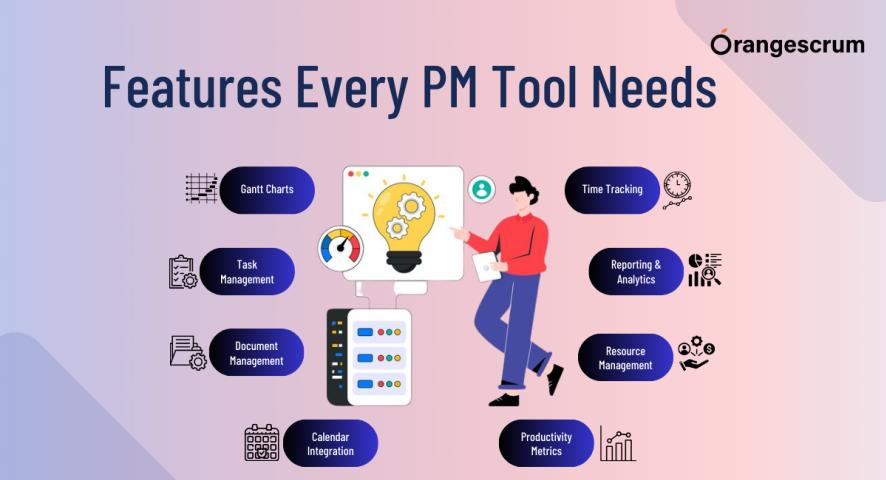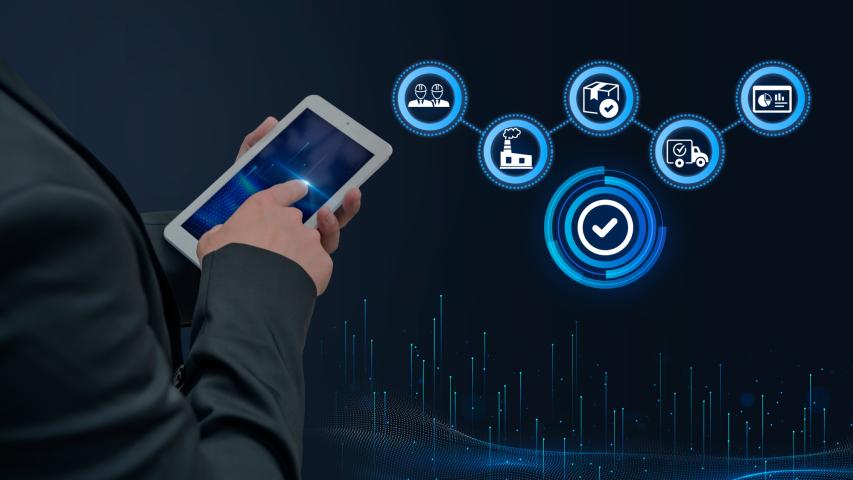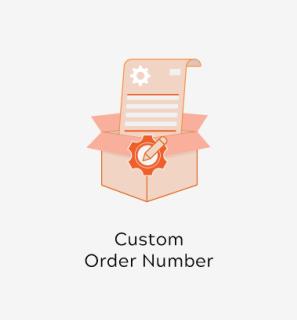In an increasingly digital world, the way people order food has evolved dramatically. Gone are the days when customers had to call a restaurant to place an order or visit in person. Today, online food order software has revolutionized the dining experience, offering convenience, speed, and accuracy. This technology bridges the gap between restaurants and customers, creating a seamless and satisfying ordering process for both parties.
The Rise of Online Food Order Software
The popularity of online food order software has surged over the past decade, fueled by advancements in technology and the growing demand for convenience. According to recent studies, the global online food delivery market is expected to reach a value of over $150 billion by 2024. This growth is driven by the widespread adoption of smartphones, the expansion of high-speed internet, and the increasing preference for online shopping and services.
Online food order software allows customers to browse menus, customize their orders, and make payments from the comfort of their homes or on the go. For restaurants, this technology provides an opportunity to reach a broader audience, streamline operations, and increase revenue.
Enhancing Customer Experience
One of the most significant advantages of online food order software is the enhanced customer experience it offers. With just a few clicks, customers can explore a restaurant's entire menu, including detailed descriptions, images, and pricing. This transparency helps customers make informed decisions and eliminates the confusion that often arises during phone orders.
Customization options are another key feature of online food order software. Customers can easily modify their orders to suit their dietary preferences, add special instructions, and choose from various payment methods. This level of personalization increases customer satisfaction and encourages repeat business.
Moreover, online food order software often integrates with delivery tracking systems, allowing customers to monitor their order's progress in real-time. This feature adds an extra layer of convenience and peace of mind, as customers can anticipate when their food will arrive.
Streamlining Restaurant Operations
For restaurants, online food order software offers a range of operational benefits. By automating the ordering process, restaurants can reduce the likelihood of human errors, such as incorrect orders or miscommunication. This accuracy not only enhances the customer experience but also reduces food waste and improves overall efficiency.
Additionally, online food order software can handle a high volume of orders simultaneously, allowing restaurants to serve more customers during peak hours. This scalability is particularly beneficial for small and medium-sized restaurants looking to expand their customer base without significantly increasing labor costs.
The data generated by online food order software is another valuable asset for restaurants. Insights into customer preferences, order history, and peak ordering times can inform menu development, marketing strategies, and staffing decisions. By leveraging this data, restaurants can make informed decisions that drive growth and profitability.
Bridging the Gap: A Win-Win Solution
Online food order software effectively bridges the gap between restaurants and customers by creating a direct and efficient communication channel. Customers enjoy the convenience of ordering from their favorite restaurants without the hassle of phone calls or long wait times. Meanwhile, restaurants benefit from increased order accuracy, operational efficiency, and valuable customer insights.
This technology also fosters a stronger connection between restaurants and their customers. Many online food order platforms offer features such as loyalty programs, personalized offers, and customer feedback systems. These tools help restaurants build brand loyalty, encourage repeat business, and gather valuable feedback to improve their offerings.
Conclusion
In an era where convenience is king, online food order software is a game-changer for both restaurants and customers. By bridging the gap between these two groups, this technology enhances the dining experience, streamlines operations, and drives growth for businesses. As the demand for online food ordering continues to rise, restaurants that embrace this technology will be well-positioned to thrive in the competitive market.
